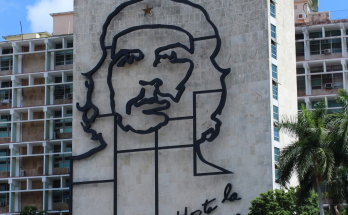Earlier this month, the New York City health department released a map showing confirmed COVID-19 cases by zip code. The highest case counts were concentrated in lower-income neighborhoods in Brooklyn, Queens, and the Bronx. The same week, the city released preliminary data highlighting higher rates of death among black and Latino New Yorkers.
Environmental advocates say that hazardous environmental conditions have contributed substantially to the coronavirus outbreak’s severity in New York City’s low-income communities of color.
The city’s data shows that a higher volume of cases are concentrated in neighborhoods with more environmental health hazards, according to Rachel Spector, director of the environmental justice program at New York Lawyers for the Public Interest, a nonprofit civil rights law firm. Major arterial highways, waste transfer facilities, power plants, and other polluting infrastructure create daily air quality challenges for residents of these neighborhoods — challenges that can take a cumulative toll on residents’ health, leading them to become more vulnerable in the face of a respiratory illness.



